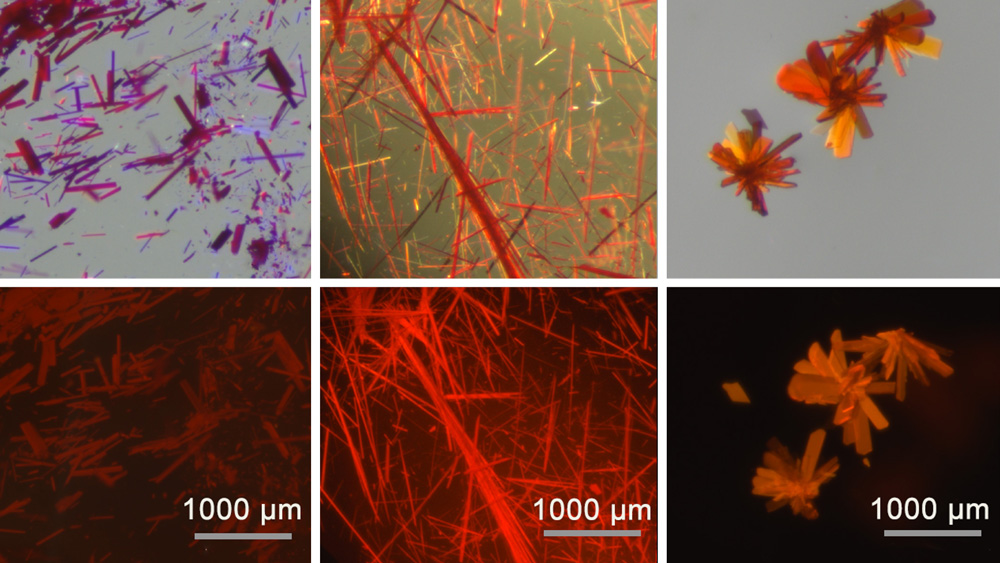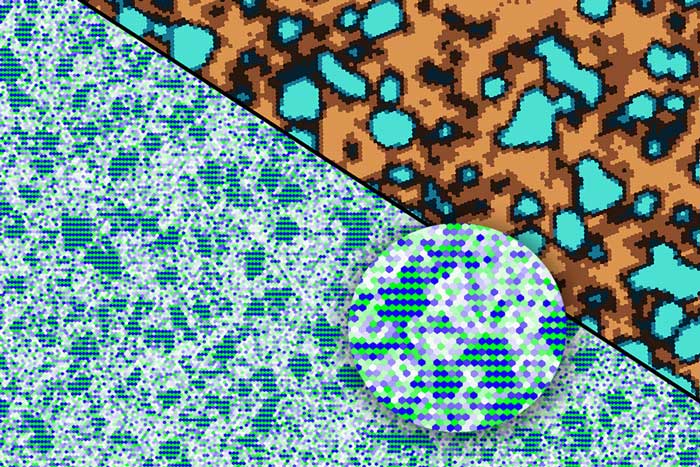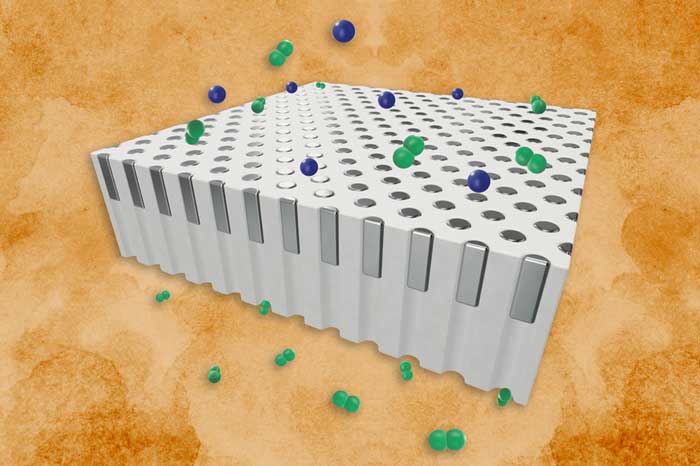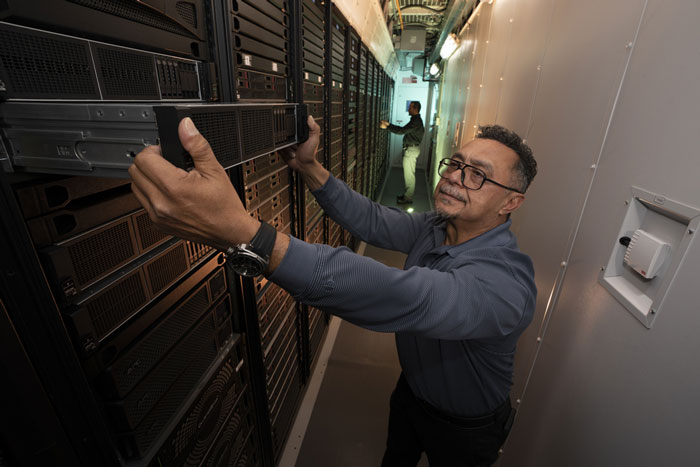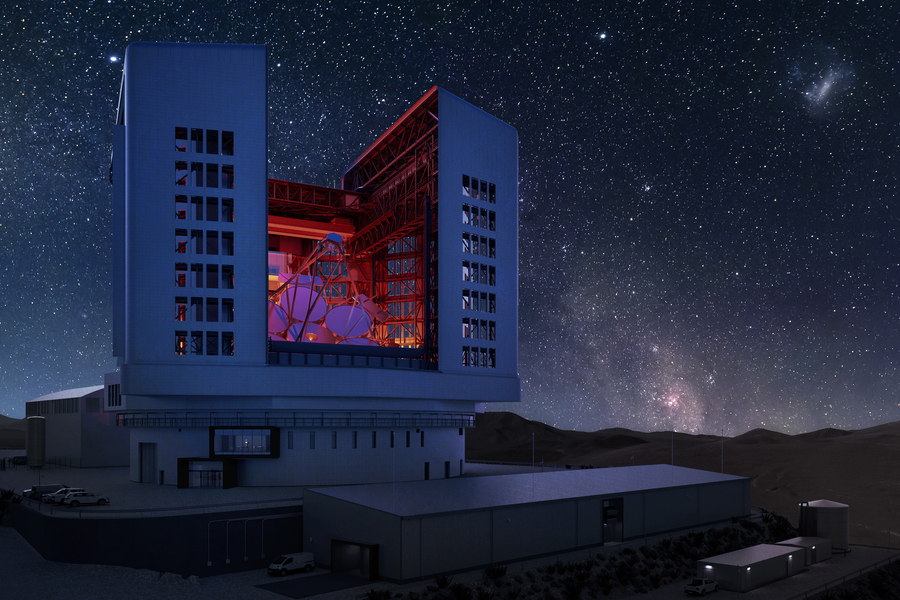Spotlight: Oct 8, 2025
Chemists have designed a new type of fluorescent molecule that could be used for applications such as generating clearer images of tumors. The new dyes are based on boron-containing molecules that were previously too unstable for practical use.
